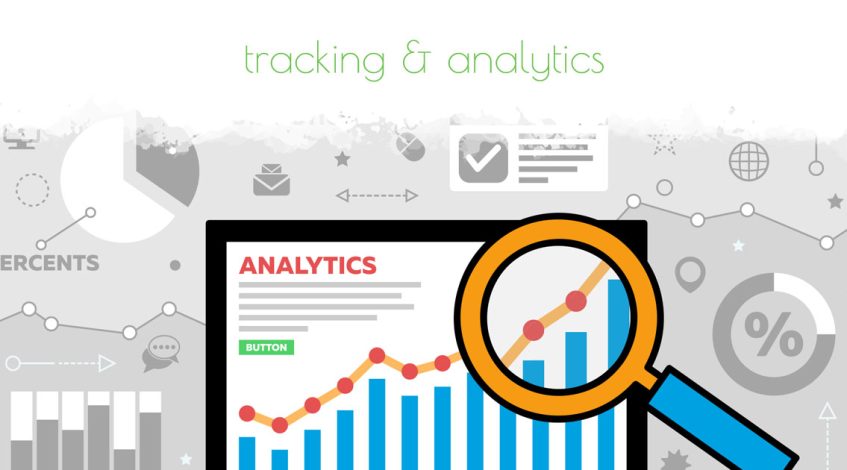[afterimg]
Google Analytics is, perhaps, the most used tracking software, but it certainly isn’t the only one. I use GA with most of my websites, but I do find it to be bloated and overly-complicated. ‘Jetpack’ is another tools I frequently use, it offers a much more simple idea of number of visitors and where they came from.
Tracking your Website Visitors for Better Understanding
Using analytics on your website is crucial for several reasons. It tells you, firstly, how many visitors there have been, but also where they are, where they came from (search engines, social sites, etc.). Depending on the level of complexity your website requires, it will also tell us how many pages they looked, the paths they followed through your website and how long they spent on your site. It’s all good data to tell you where improvements can be made.
A Few Reasons to Install Tracking & Analytics on your Website
- Understanding User Behavior. Analytics provide valuable insights into how users interact with your website, including which pages they visit, how long they stay on each page, what actions they take, and where they drop off. By understanding user behavior, you can identify areas for improvement and optimize your website to better meet the needs of your audience.
- Tracking Conversions. Analytics allow you to track conversions, such as form submissions, purchases, downloads, or other desired actions on your website. By monitoring conversion rates and analyzing conversion paths, you can identify which strategies are most effective at driving desired outcomes and make data-driven decisions to optimize conversion rates.
- Measuring Performance. Analytics provide quantitative data on various aspects of your website’s performance, such as traffic volume, user engagement, bounce rates, and load times. By monitoring key performance indicators (KPIs), you can track the overall health and effectiveness of your website and identify areas where improvements are needed.
- Identifying Trends and Patterns. Analytics enable you to identify trends and patterns in user behavior, traffic sources, and content performance over time. By analyzing trends, you can anticipate changes in user preferences, adapt your marketing strategies, and capitalize on emerging opportunities to improve your website’s performance.
- Making Data-Driven Decisions. Analytics empower you to make informed, data-driven decisions about your website and digital marketing strategies. By analyzing data and performance metrics, you can identify areas of strength and weakness, prioritize initiatives, allocate resources effectively, and optimize your website for better results.
- Benchmarking and Comparison. Analytics allow you to benchmark your website’s performance against industry standards and competitors. By comparing your metrics to industry benchmarks and analyzing competitor data, you can gain valuable insights into your competitive position, identify areas where you can differentiate and improve, and set realistic goals for improvement.
Data for Confident Analysis
Overall, using analytics on your website is essential for understanding user behavior, tracking conversions, measuring performance, identifying trends and patterns, making data-driven decisions, and benchmarking against industry standards. By leveraging analytics effectively, you can optimize your website for better user experiences, increased engagement, and improved business outcomes.
More from FreeAssortment
- Branding
- Content & SEO
- E-Commerce
- HTML, PHP, CSS
- Planning your Website.
- Services
- Tools & Technologies
- Tracking & Analytics
- Web Design
- Websites
- WordPress

